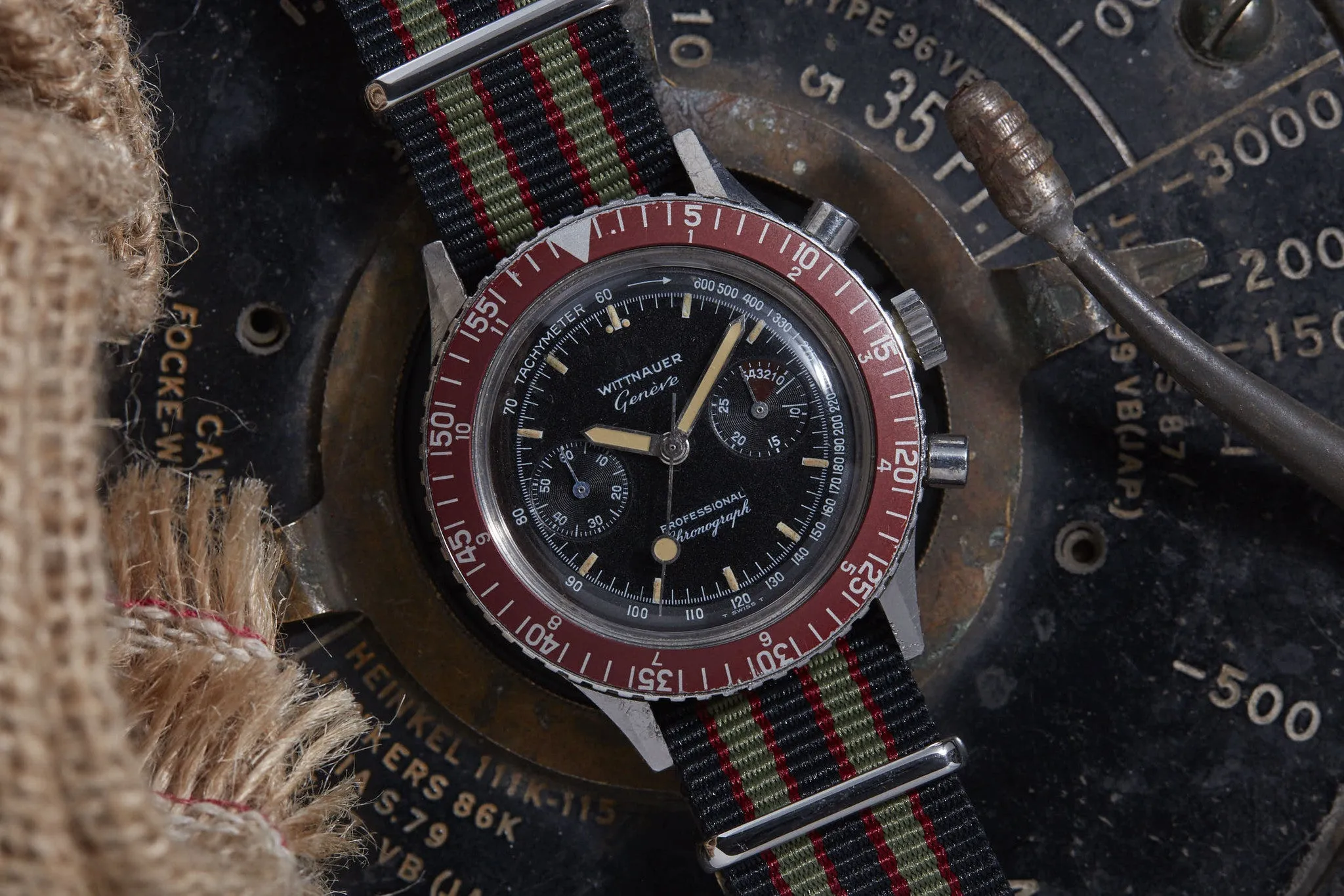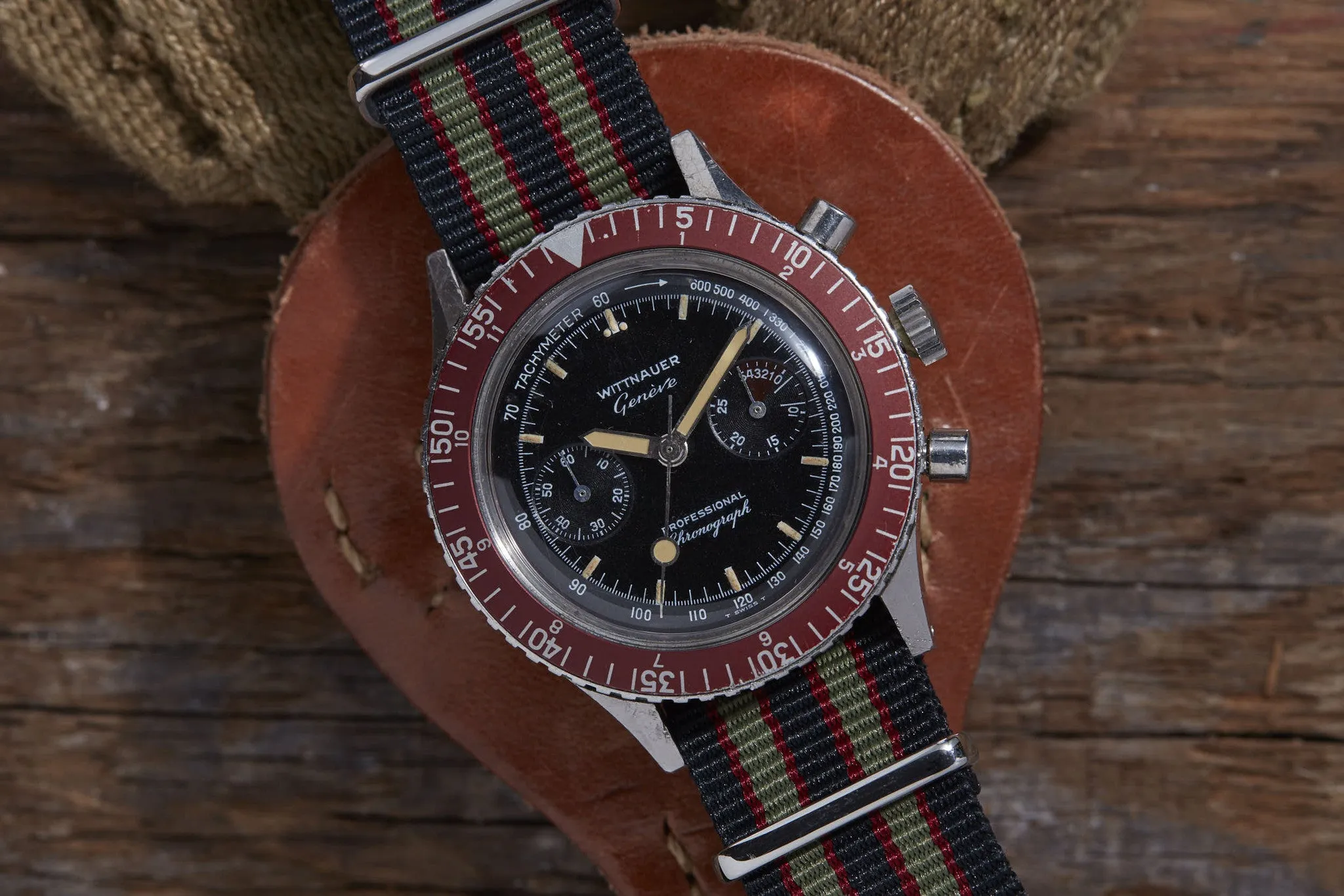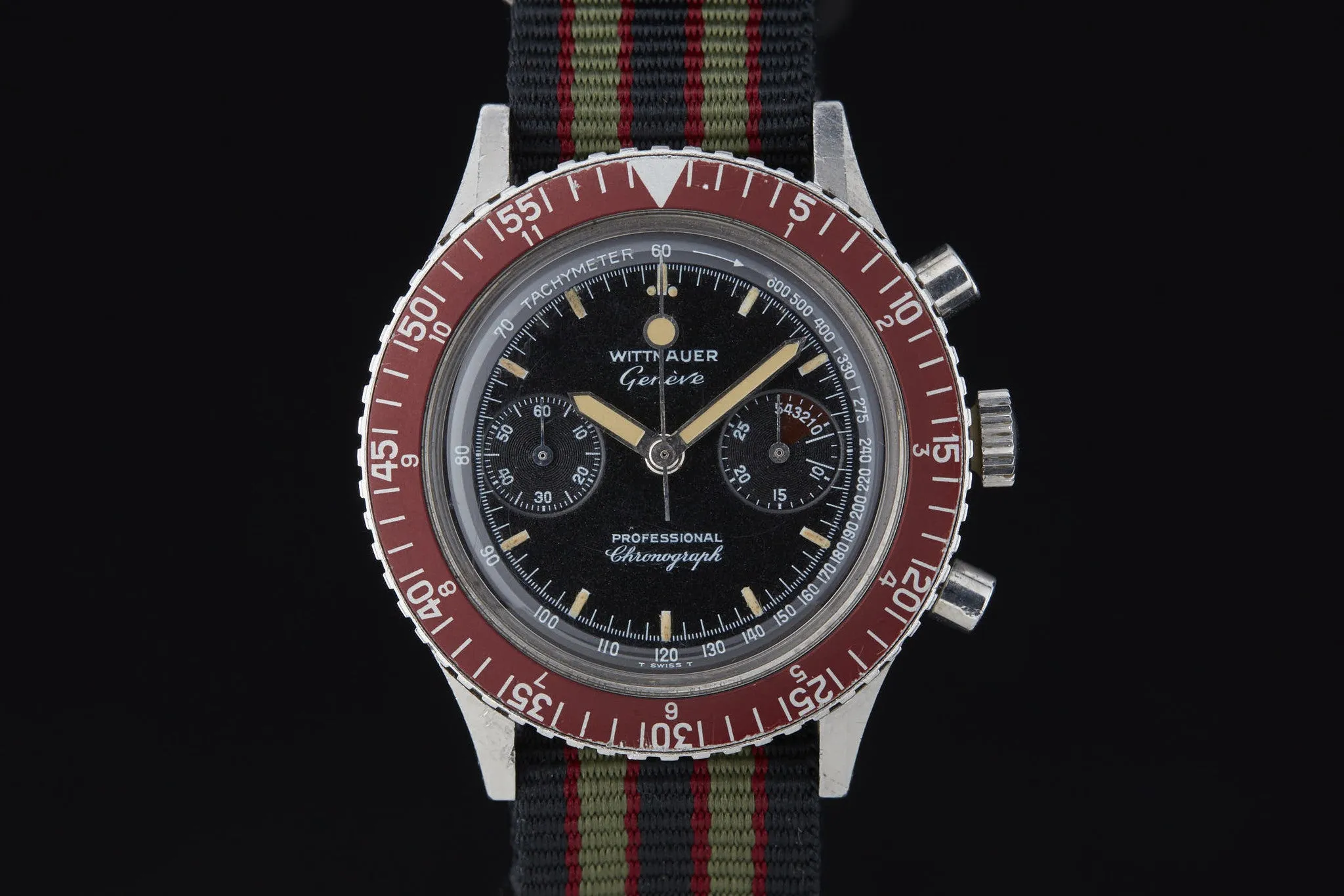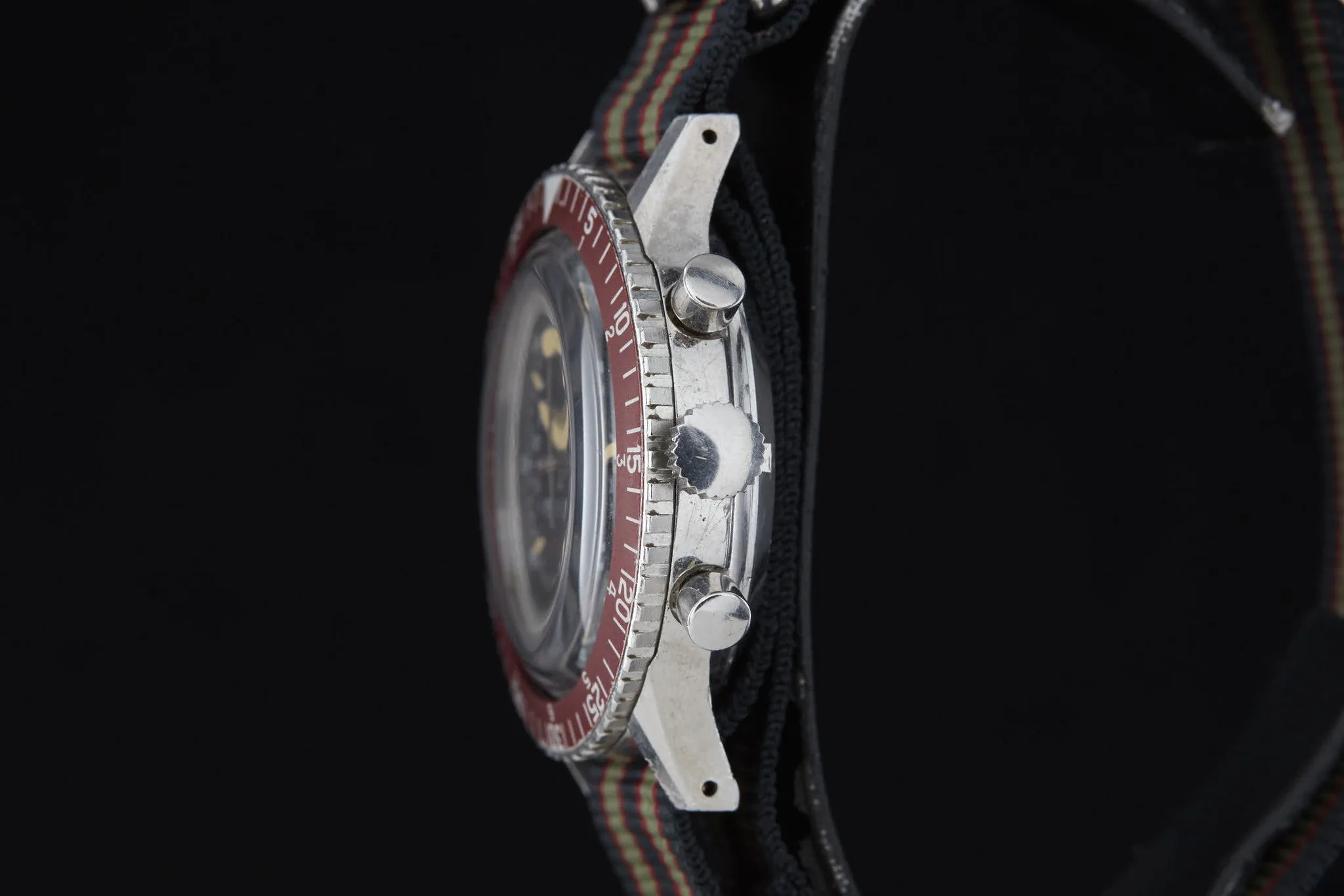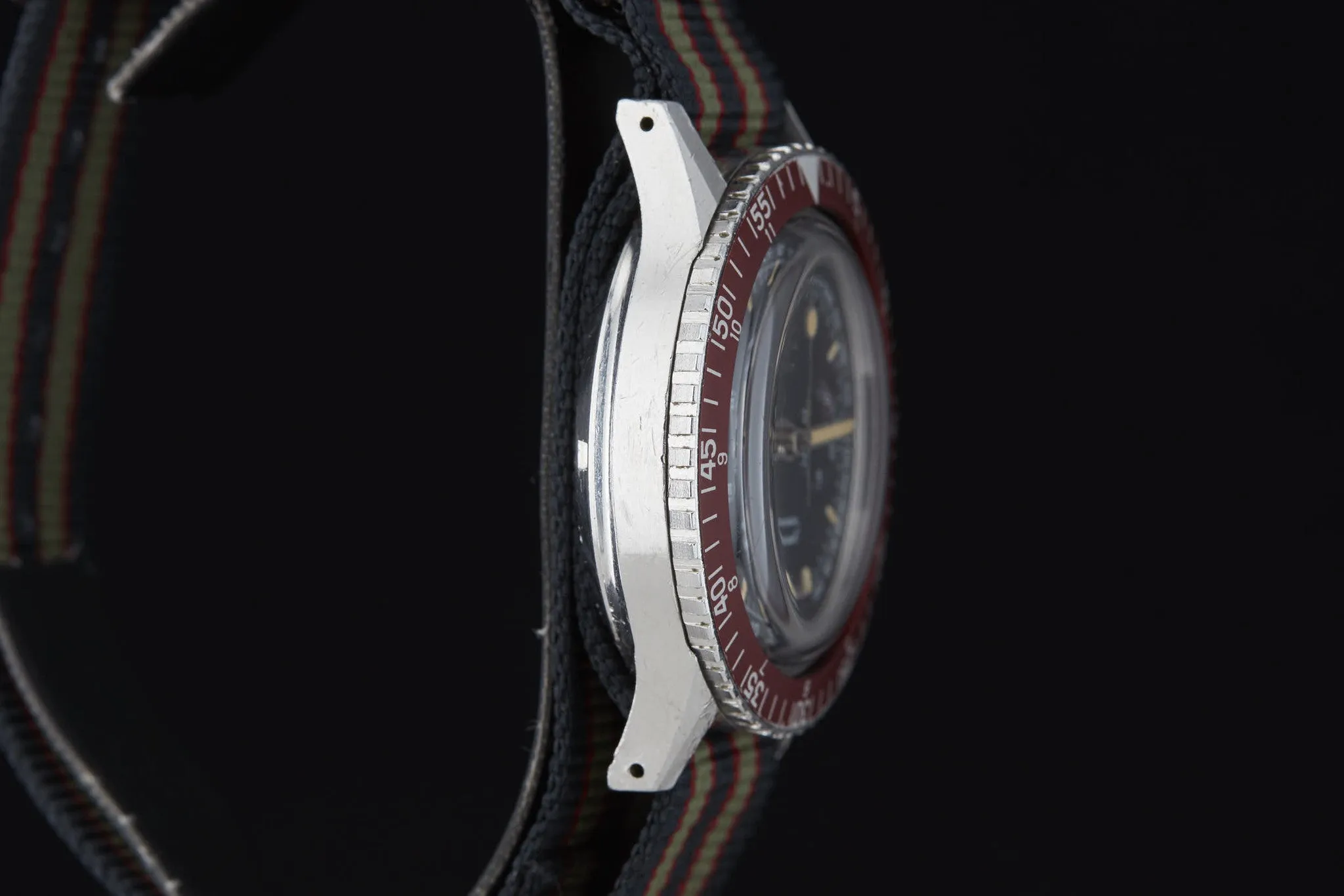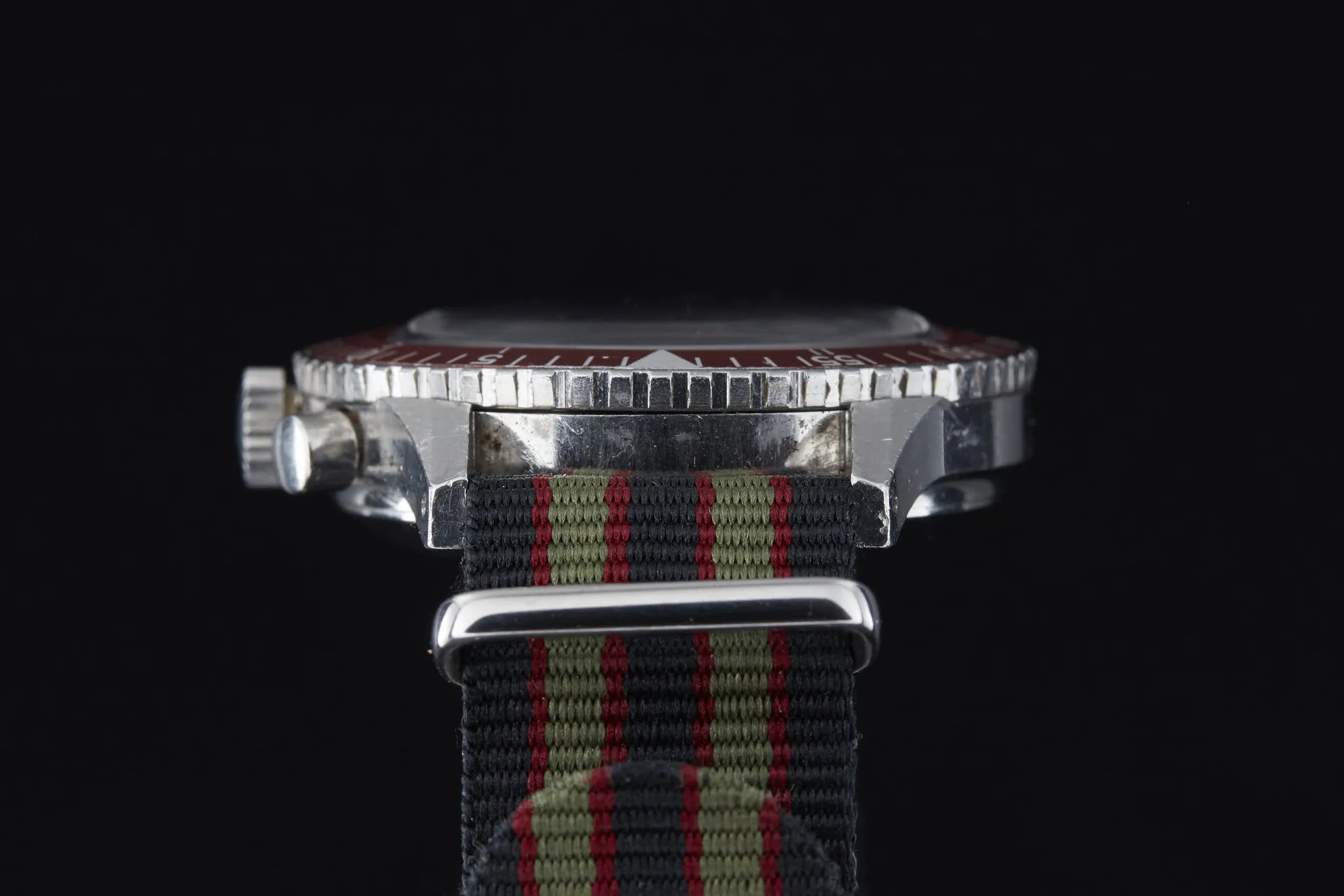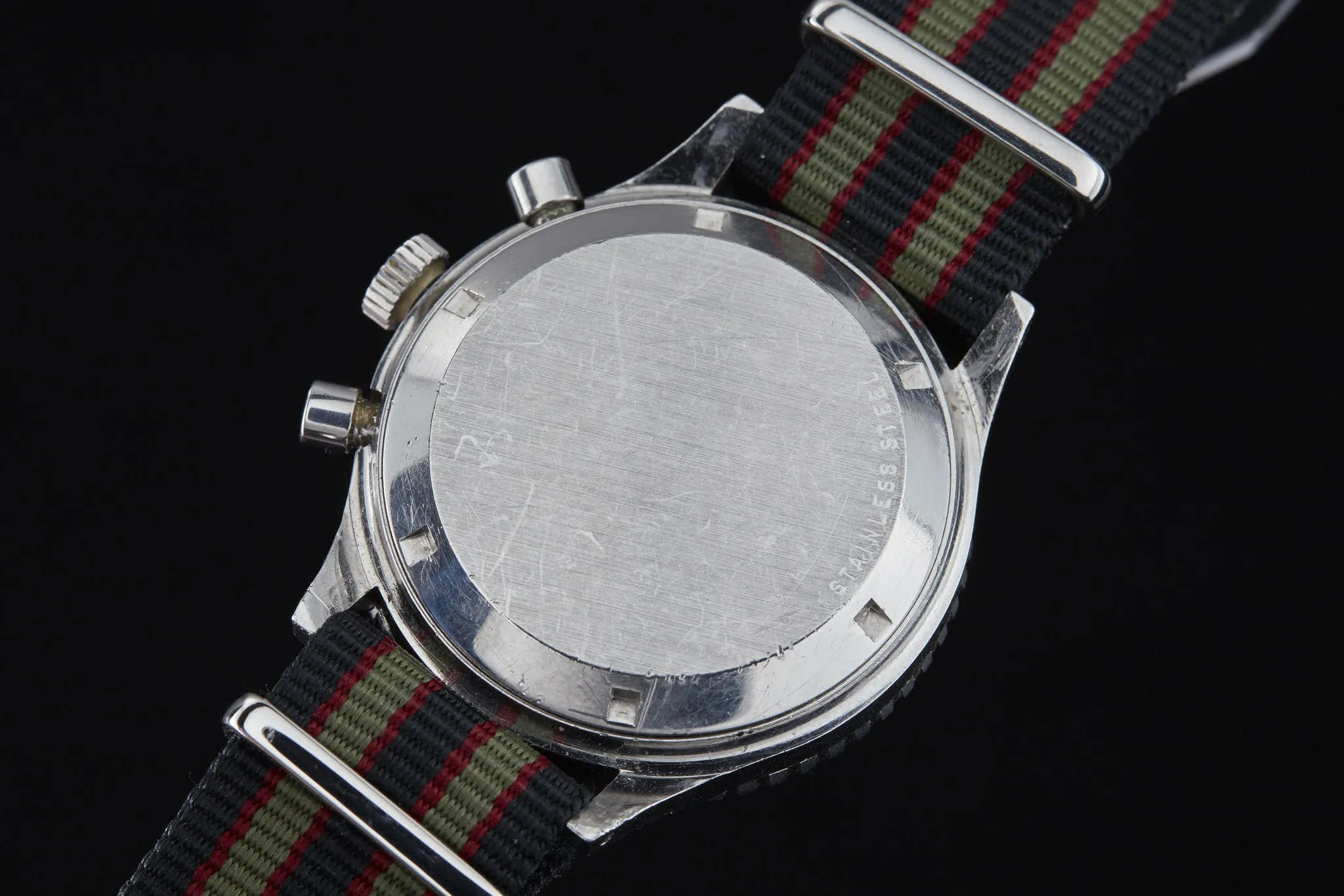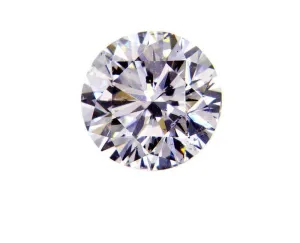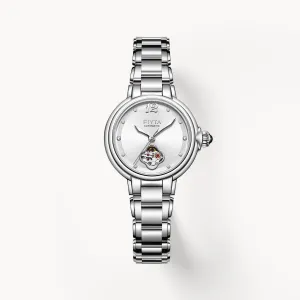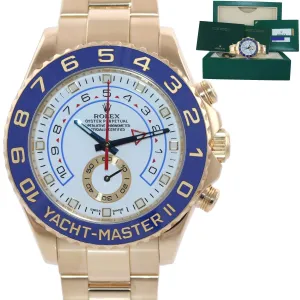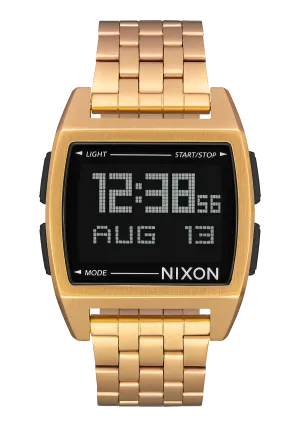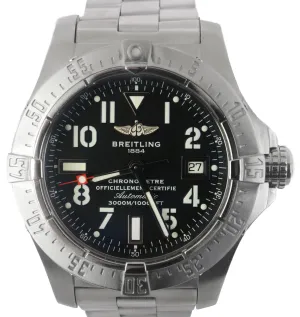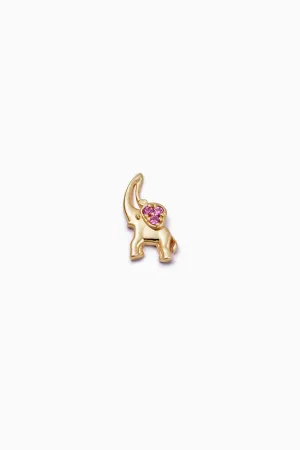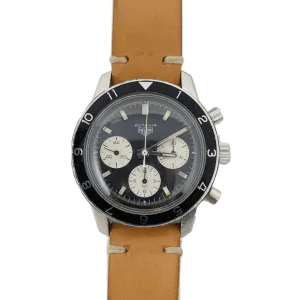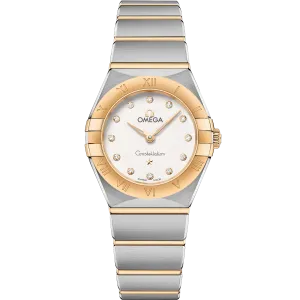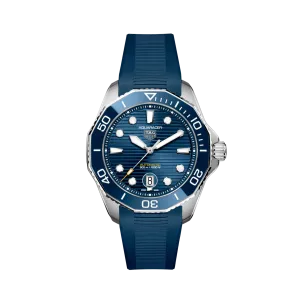The story of the A. Wittnauer Company--and the man who founded it--is so inspirational that it could, nay should, be a film by Ron Howard.
Albert Wittnauer immigrated to New York City in the 1870s, a lad of sixteen with ambitions as wide as the Atlantic. He came to work for his brother-in-law, Eugene Robert, an importer of fine Swiss timepieces from brands such as Jaeger LeCoultre and Vacheron Constantin. His experiences working for his brother-in-law inspired him to make watches of his own, with the reliability and craftsmanship of Swiss watches at a lower price point to appease the thrifty American public. He established the A. Wittnauer Company in 1885, at the age of only thirty-one.
Around that time, Wittnauer became the distributor for Longines watches in the United States, and would begin producing Wittnauer-branded cases that housed Longines movements. Through the collaboration with Longines, Wittnauer gained a reputation for their excellent aviation instruments and chronographs. Amelia Earhart piloted her planes with instruments made by Wittnauer, and daredevil aviator Jimmy Mattern wore a Wittnauer AllProof in his aborted flight around the world in 1933.
Longines formally bought Wittnauer in the 1950s, and the brand continued to produce exceptional chronographs at a more competitive price point than their Swiss contemporaries. But, like so many watch brands, Wittnauer folded in the face of budget crises in the mid-1980s, causing Longines to dissolve their relationship with Wittnauer. Their watches remain, a testament to their ingenuity and elegance.
Dating from the 1960s, this Reference 7004A Chronograph was marketed by Longines-Wittnauer as a professional-grade timepiece and fitted with the redoubtable Landeron 248 manual winding movement. The matte black dial features twin subsidiary registers (sweep seconds at 9:00, and a 30 Minute Counter at 3:00 with the 5 minutes countdown in red). The rotating outer bezel has aged over the years to a lovely mulberry hue.
The reference 7004A has everything you could want in a vintage chronograph. It captures the look of the classic 1960s chronographs like the Heuer Autavia, but without the price tag that usually comes with an Autavia. With great colors, a terrific movement and a perfectly-sized steel case, you'd be hard-pressed to find a cooler vintage chronograph for the money.

